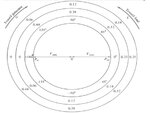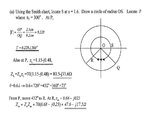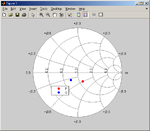pusparaga
Full Member level 4
I need to find reflection coefficient angle = 300 degree using Smith chart. In which direction I need to go and find the angle 300 degree. There in Smith chart, they specified 0 to ± 180 degree, how to find 300 degree reflection coefficient angle using smith chart, please guide me. Herewith I attached Smith Chart angle diagram.


